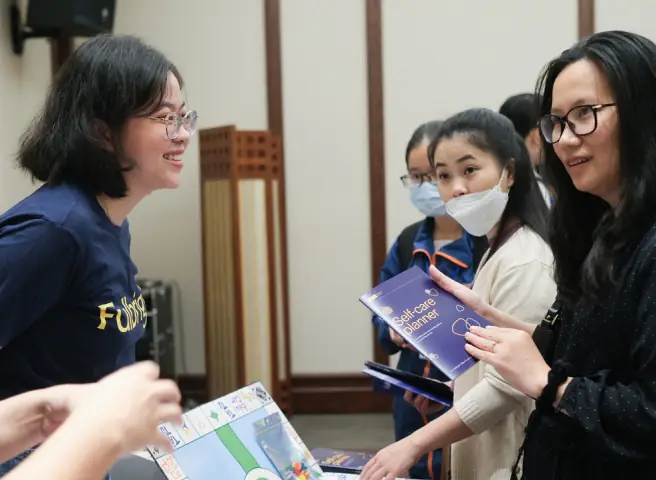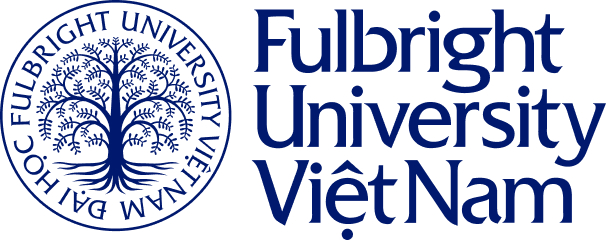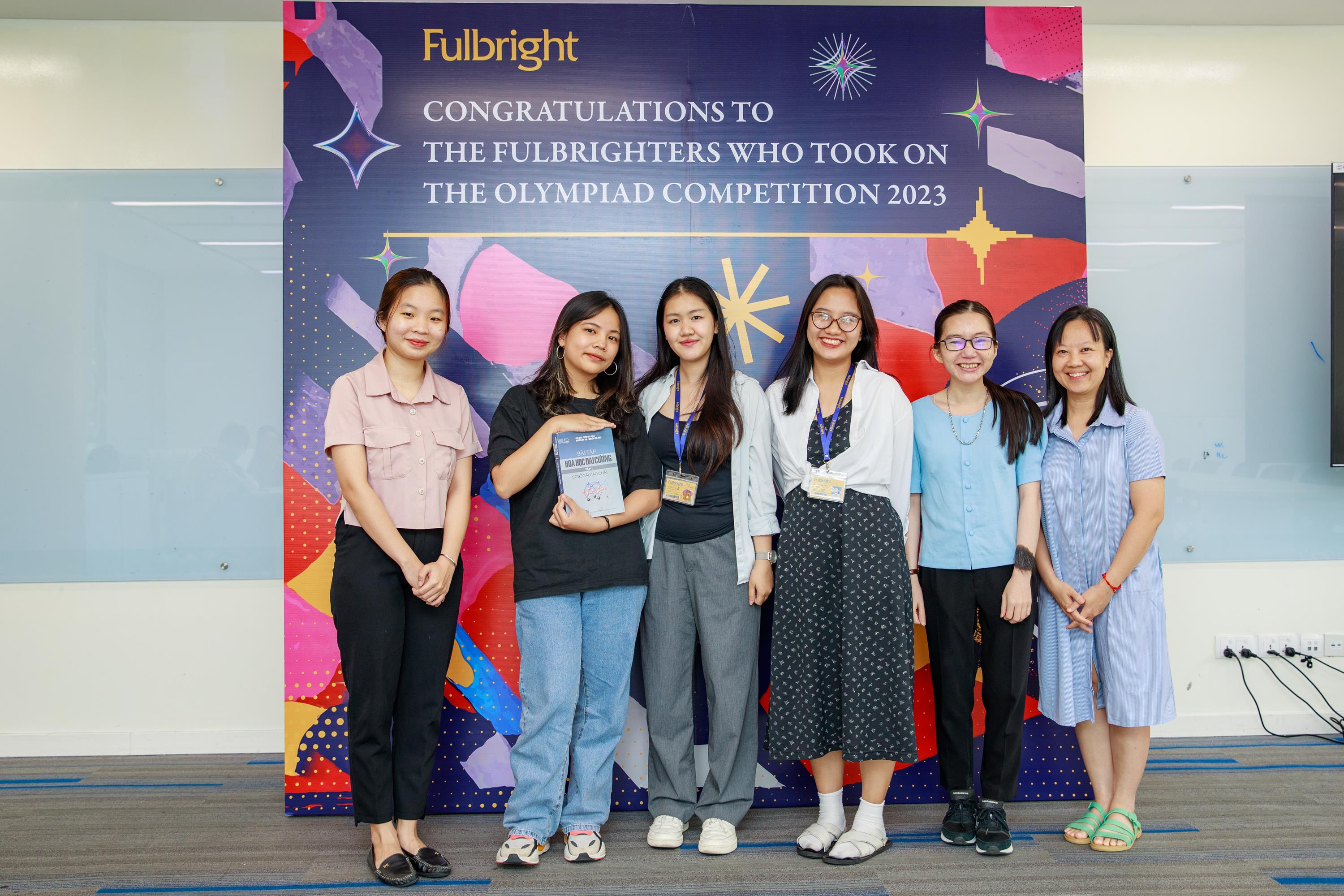
“Even the biggest trees grow from a tiny seed. Like a journey… When the baobab tree grows, it destroys The Little Prince’s planet. But when the rose blooms, the fragrance of love permeates the air. The destination of a thousand-mile journey depends on not only your starting point, but also how you travel that distance. There will always be stumbling blocks that make your feet tremble along the way. Step each step with courage, so that even the wildest storm won’t derail you from your best purpose. The first step is an important foundation, but it is the following steps that make the long journey.”

Would you imagine this passage being written in just three minutes by a girl who usually spent most of her time in literature class doodling, when she was not writing sloppy paragraphs nonchalantly?
In Ms. Ho Tam’s literature class at Quốc Học – Huế High school for the Gifted, implementing for the first time the “Writing is Thinking” method brought forth a pleasant surprise. The method was introduced to her by Dr. Ian Bickford at the Pioneering Educators Network (PEN) workshop 2019, held on our campus this past December. Unlike her usual classes, Ms. Tam started by giving her students a writing prompt: “A journey of a thousand miles begins with a single step,” allowing them to write whatever they want from it.
Like the girl in this story, many students out there feel intimidated by writing, even though it is a crucial skill to their future academic and career path. Many teachers admit the current writing pedagogy is obsolete and constraining, forcing students to gradually lose their motivation to write. At PEN 2019, Dr. Ian Bickford illustrated some simple yet surprisingly effective methods that literature teachers can apply in class. These methods help learners develop critical thinking skills, promote their self-expression, make them better listeners as well as instigate creativity.
Writing is Thinking
All along, most of us have been considering writing assignments as an end product that students hand in to their teachers in exchange for grades. We failed to realize how writing is indeed a highly complex and sophisticated manifestation of thoughts on paper. As a teacher with over ten years of teaching experience, who later became a professional trainer for thousands of high school teachers in America, Dr. Ian Bickford believes that “instead of focusing on the end product, teachers should concentrate more on the writing activity itself. ‘Writing is Thinking’ methods are designed to provide students with media to actually submerge themselves in writing, giving them confidence and comfort in writing.”
Dr. Bickford simulated a writing class with teachers, then acting as learners. They were asked to spend three to four minutes at the beginning of the lesson to write about anything they are thinking of. This freewriting activity allows students time to reflect on their own minds, activating them to focus more on the lesson afterwards. Students can share their writing with the whole class or keep it for themselves. One fundamental principle must be upheld: no judgment or comment allowed, emphasized Dr. Bickford. Students will open up only when they feel respected and heard.
Another exercise that teachers can experiment with is focused freewriting, in which learners write down their thoughts around an open prompt. This activity can initiate or conclude a discussion, reorient an adrift conversation or liven up a dull one. Participants in Dr. Bickford’s class were asked to spend three minutes to elaborate on the prompt: “What being a teacher means to me.” As they shared their writings among group members, everyone was astonished by the diversity and individuality of their reflections.

Teachers participating in the workshop
“It is very important to promote self-expression skills, which are not really a forte of the majority of Vietnamese students who read more than speak, copy more than write. The ‘Writing is Thinking’ method is new to me, but I feel confident I can make use of it,” a teacher eagerly expressed his thoughts after the training session.
Ms. Tam recalls how she was blown away by the student who always appeared as if she hated literature. For the first time ever, the girl’s eyes sparkled with excitement upon hearing the prompt and within three minutes, half a page in her notebook was filled up. Even though her handwriting was messy, she wrote with enthusiasm, without erasing or editing anything.
Writing as a way to bring a learning community together
Not only does learning by writing stimulate learners’ mind, it can also bring a learning community together. This may sound counterintuitive, as we naturally think writing is a deeply personal process. How can writing become a social activity that helps connect members of a class? “Collaborative reading” provides an answer for this. Class participants were asked to read out loud a passage in various ways, each focusing on a different aspect of the text. For instance, on the first read, each member of the group took turns to read one sentence of the passage. On the second, they underlined words or phrases meaningful to them. One person read the whole passage, while others read out their chosen words.
With 13 years of teaching experience, Mr. Tran Minh Luan, Principal at Nguyen Quang Dieu High School for the Gifted (Dong Thap province) was still amazed by this small yet effective activity.
“I was truly touched listening to everyone in the room read the literature excerpt together. In a serious classroom atmosphere, you could actually feel the voices being raised one by one. At one moment, we all harmonized and connected with each other. That feeling helped us focus highly on the lesson,” recalled Mr. Luan.
Dr. Ian Bickford explained the purpose of Collaborative reading: “Think of a student in your class who never seems comfortable being in the class, never raises their hand for a question and virtually tries to hide themselves at the back of the classroom. Nonetheless, you see potential in that student and your gut tells you they have something to say. If you ask them to stand in front of the class and share what they are thinking, it would hardly be beneficial, and can even aggravate the situation. Some of these simple activities can attract everyone in the class to join in. You will see some of the most shy loosen up and get comfortable listening to their own voices as part of the dialogue. Confidence is one of the hardest things to teach but we can build on that through writing exercises.”

Dr. Ian Bickford
“Writing is Thinking” activities also keep students engaged in conversation, help them “steer every class discussion” while at the same time learn to wait for their turn and respect the voice of others.
Writing accommodates critical thinking
At the end of the day, writing is an effective tool to nurture critical thinking competency, starting by establishing thought patterns, soft skills and fundamental knowledge. An innovative writing method named “Process Writing” was also introduced. Walking educators through this approach, Dr. Ian Bickford recommends they pause in the middle of the lesson, and ask their students to write about their own thinking process: what they find exciting, confusing or disorienting. Let them be honest. If they are bored,
let them write about it truthfully and sincerely consider the root causes of their boredom. If they are confused, they have to bring themselves to acknowledging and admitting it. And if they are puzzled with a million questions about the topic, they need a chance to lay them out on paper.
“This way, students will begin to understand that they are starting to enhance their thinking process with their own learning style. It is simple, yet surprisingly and immediately effective,” Dr. Bickford explained.
PEN educators tested this out on the spot. Observing two illustrations of Darwin’s train of thoughts leading to the theory of evolution, teachers wrote down their impressions on the similarities and differences between these pictures and drew intriguing and meaningful comparisons to their thinking process.

Ms. Vu Thi Lan, a math teacher at Tran Phu believes the “Writing is Thinking” methods can also be applied to improve student learning experience in the natural sciences.
However, Dr. Bickford reminded the teachers about the importance of practice. “Students need to know they will be asked to write on a regular basis in your class. Over time, this will be integrated into the classroom culture.”
More importantly, it requires changes in the teachers’ mindset, especially on how they judge their students. Instead of wondering “how much the students learned”, we should take into account what changed in their perception and knowledge about a particular subject and whether this change was positive. Activities like writing proactively and reading out loud in class act as measures of teaching effectiveness. This raises questions in many different ways, and helps students perceive from different perspectives. We need to listen to our students frequently enough that we gain candid insights into where they are and what is changing in their mindsets,” Dr. Bickford concluded.
Viet Lam







